The much-awaited total solar eclipse is set to make landfall in the United States, Mexico, and Canada on April 8. Over 44 million people live in the path of totality and a couple hundred million more live within 200 miles, as per KCRA 3. With all eyes up on the sky for this rare solar event, it will be important for people to maintain some precautions while watching the eclipse. According to reports from USA Today, there have been real-life cases where people have lost their eyesight after failing to comply with safety precautions while watching an eclipse.
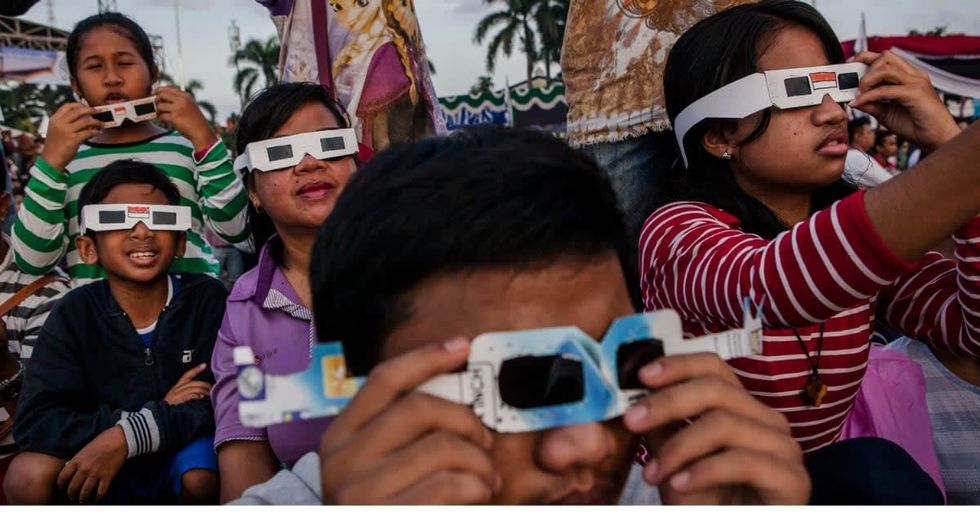
One of the most notable cases of eye damage was reported back in 2017 when a woman named Nia Payne watched the eclipse through faulty glasses and it changed her life. Nia suffered permanent damage to the retina of her left eye. Every minute of every day, she sees the eclipse in the form of a dark spot in the middle of her vision as the Sun burned a crescent wound on her retina, reported The Washington Post.
To treat her blurred vision, Nia was taken to NY Eye and Ear Infirmary of Mount Sinai, where doctors used groundbreaking imaging technology—ironically used most often in telescopes to see the stars—to take pictures of Nia's retina. In a shocking diagnosis, they found damage to her retina in the exact shape of the light that caused the damage.
Dr. Avnish Deobhakta, an ophthalmologist at the Mount Sinai hospital who treated Nia, had said, "It's a very focused beam of high-energy light from the sun itself." Referring to the sun's rays, he said, "It can actually destroy parts of the retina, and certainly destroy it in the shape of an eclipse."
Experts have suggested that looking up within the 115-mile-wide path when the Moon completely covers the sun for a few minutes is safe. At the same time, directly staring at the sun before and after the total eclipse or watching a partial eclipse outside the path of totality without proper eye protection can result in permanent damage, including blurred and altered vision.
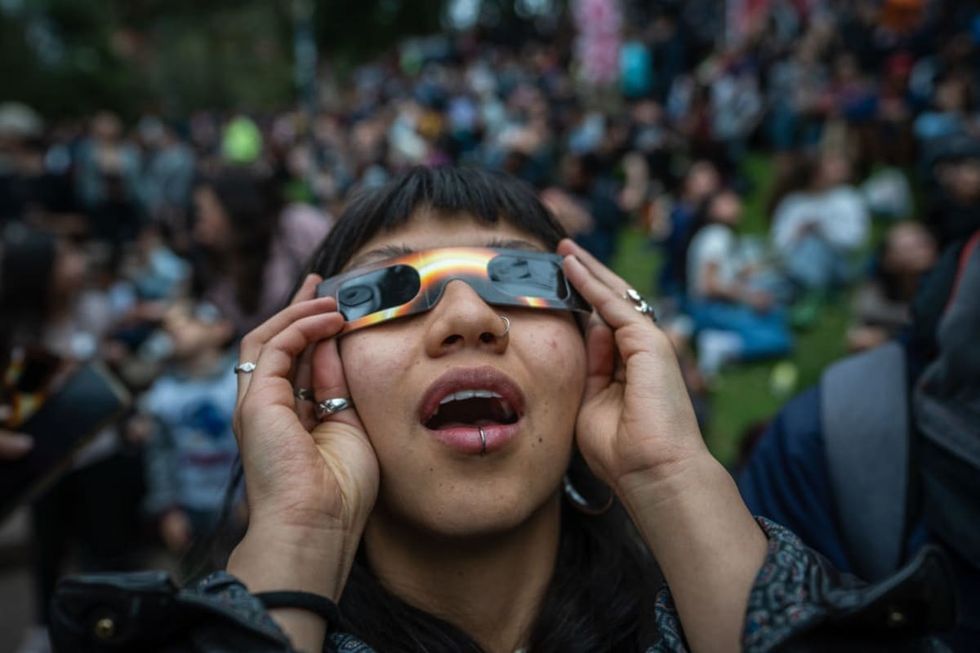
Dr. Ron Benner, an optometrist in Montana and the president of the American Optometric Association, has warned about the consequences of not taking proper protection during the eclipse and has said, "Human nature is to take a shortcut anywhere we can. But in this case, shortcuts can cause permanent damage."
For the public, the American Astronomical Society has listed a set of glasses that meet the international standard of ISO 12312-2, meaning they will protect your eyes from injury and provide a comfortable view of the eclipse.
According to NASA, a total solar eclipse emerges when the Moon lines up perfectly between the sun and the Earth, blocking the sunlight from reaching the Earth. The full eclipse will last more than usual because the Moon will be just 223,000 miles from the Earth and it will be one of its closest approaches of this year.





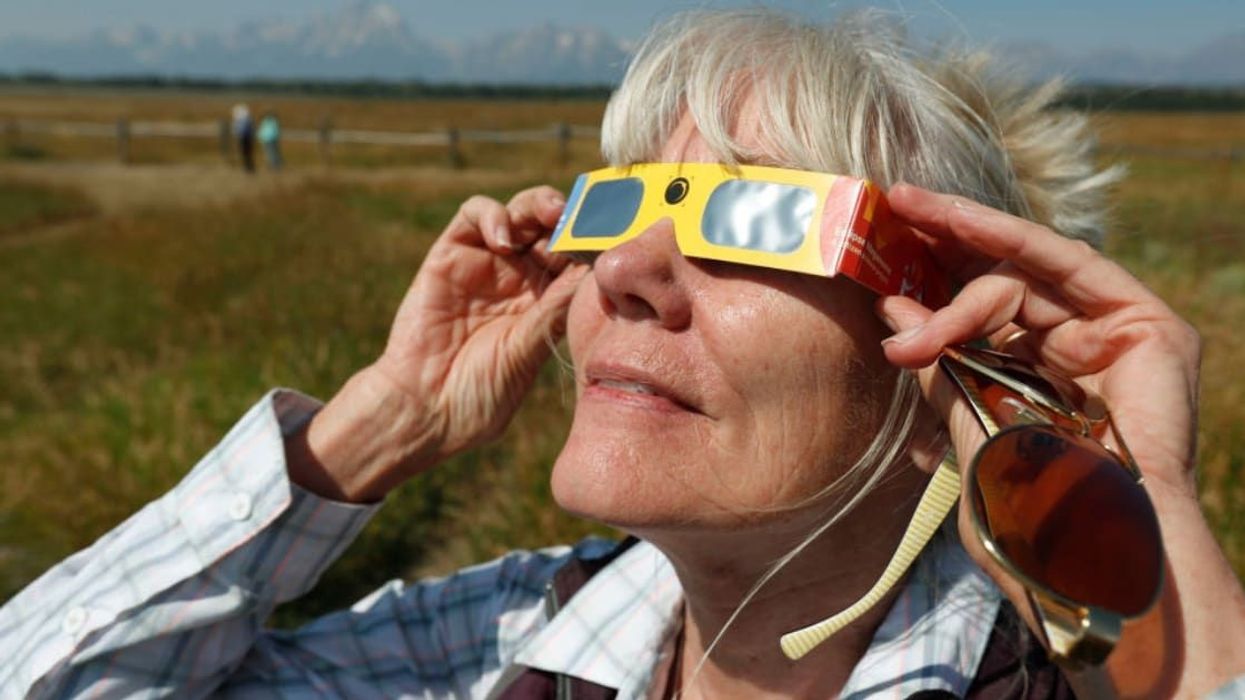











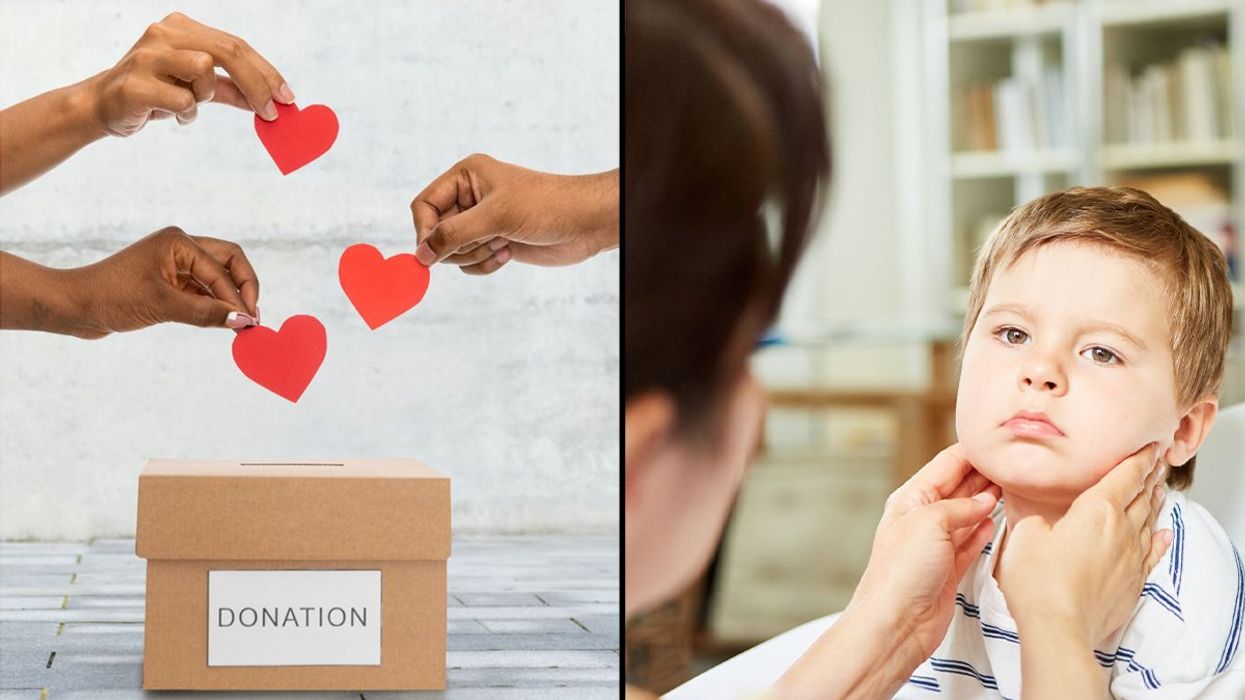
 A symbol for organ donation.Image via
A symbol for organ donation.Image via 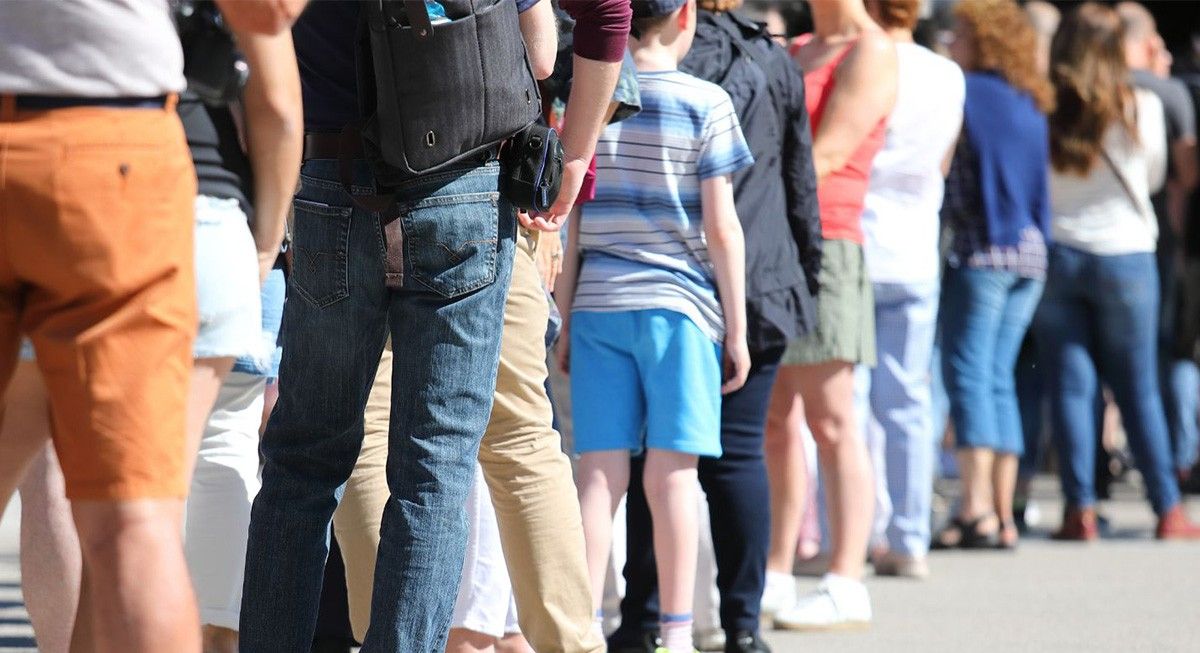 A line of people.Image via
A line of people.Image via 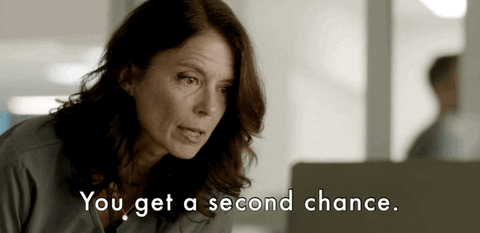 "You get a second chance."
"You get a second chance." 
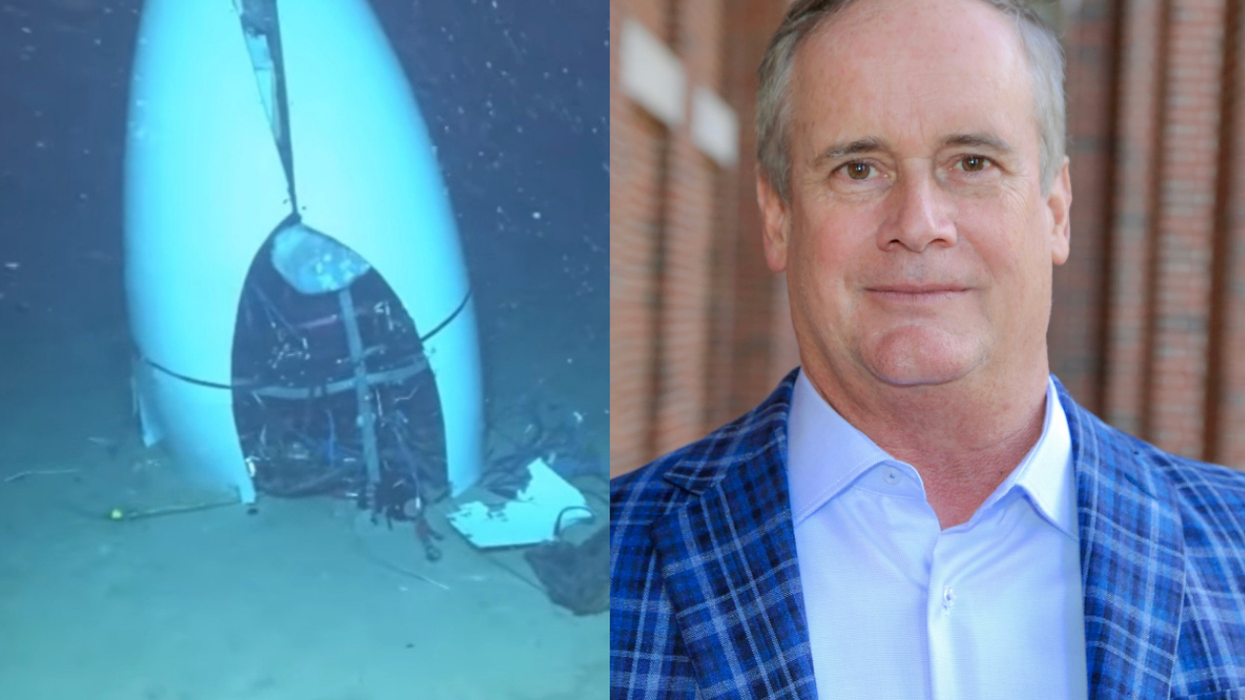

 36 is the magic number.
36 is the magic number. According to one respondendant things "feel more in place".
According to one respondendant things "feel more in place". 
 Some plastic containers.Representational Image Source: Pexels I Photo by Nataliya Vaitkevich
Some plastic containers.Representational Image Source: Pexels I Photo by Nataliya Vaitkevich Man with a plastic container.Representative Image Source: Pexels | Kampus Production
Man with a plastic container.Representative Image Source: Pexels | Kampus Production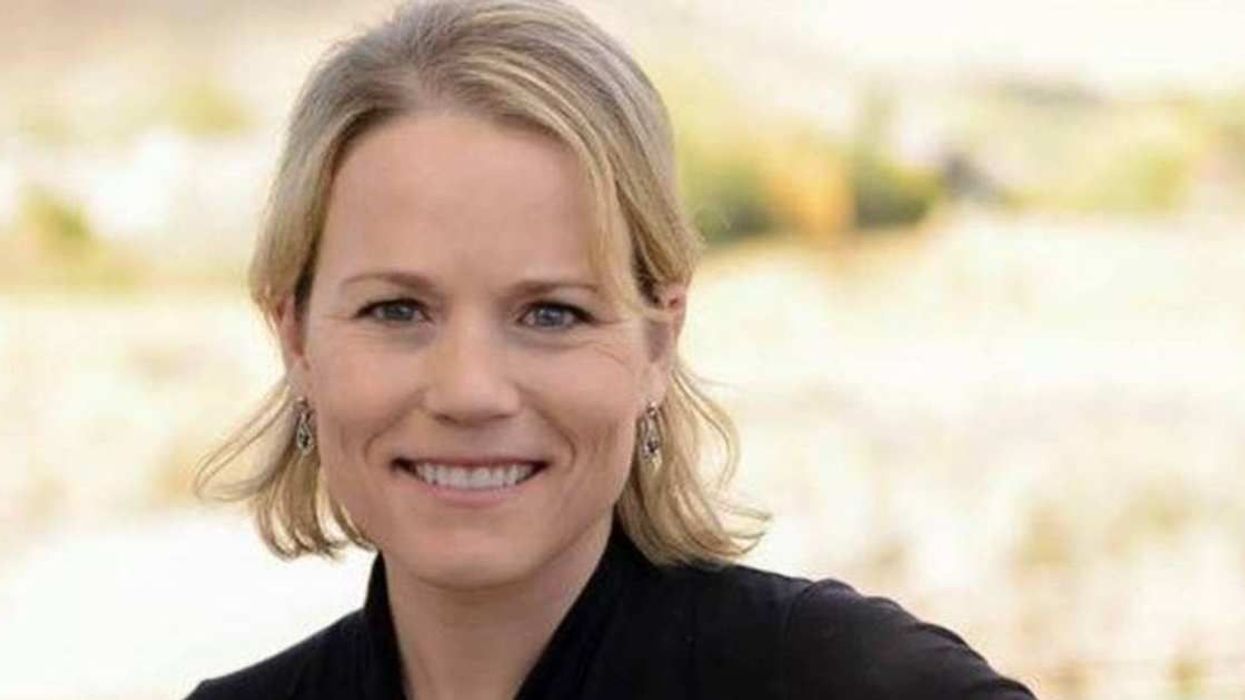
 Canva
Canva It's easy to let little things go undone. Canva
It's easy to let little things go undone. Canva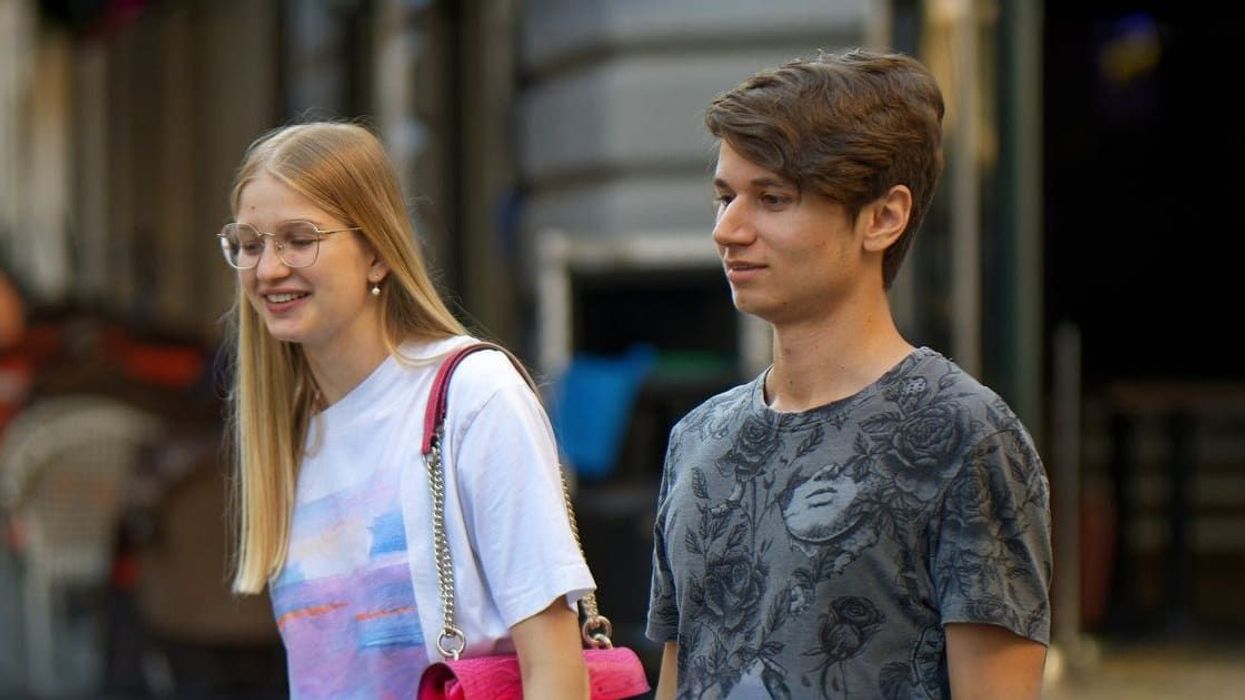
 Teens are waiting longer than at any point in the survey’s history. Canva
Teens are waiting longer than at any point in the survey’s history. Canva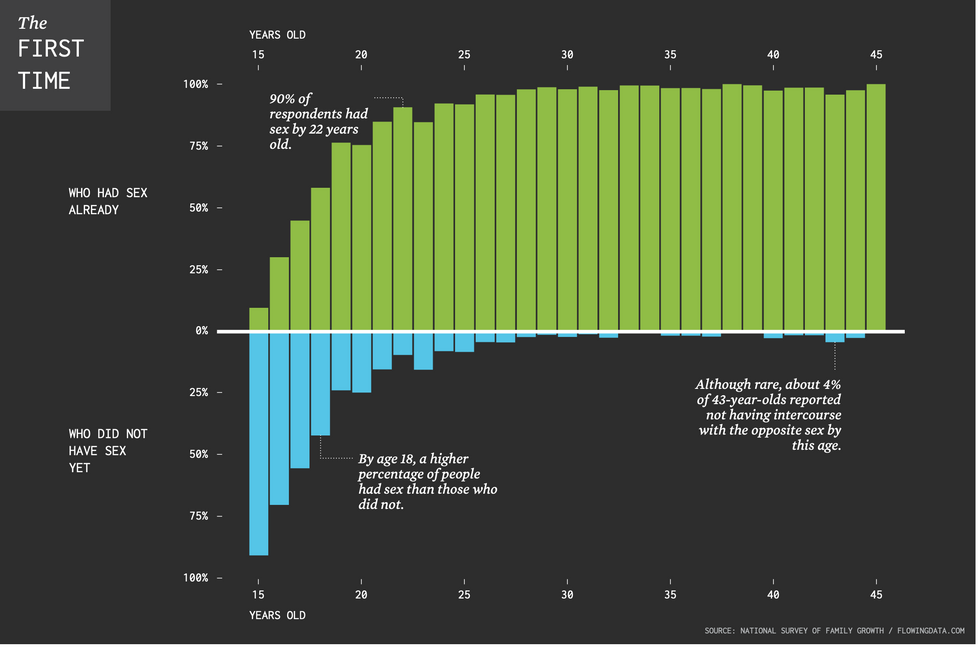 Chart on the age of a person’s first time having sex.National Survey of Family Growth/flowing data.com | Chart on the age of a person’s first time having sex.
Chart on the age of a person’s first time having sex.National Survey of Family Growth/flowing data.com | Chart on the age of a person’s first time having sex.
 Kids know the good adults from the bad.
Kids know the good adults from the bad.